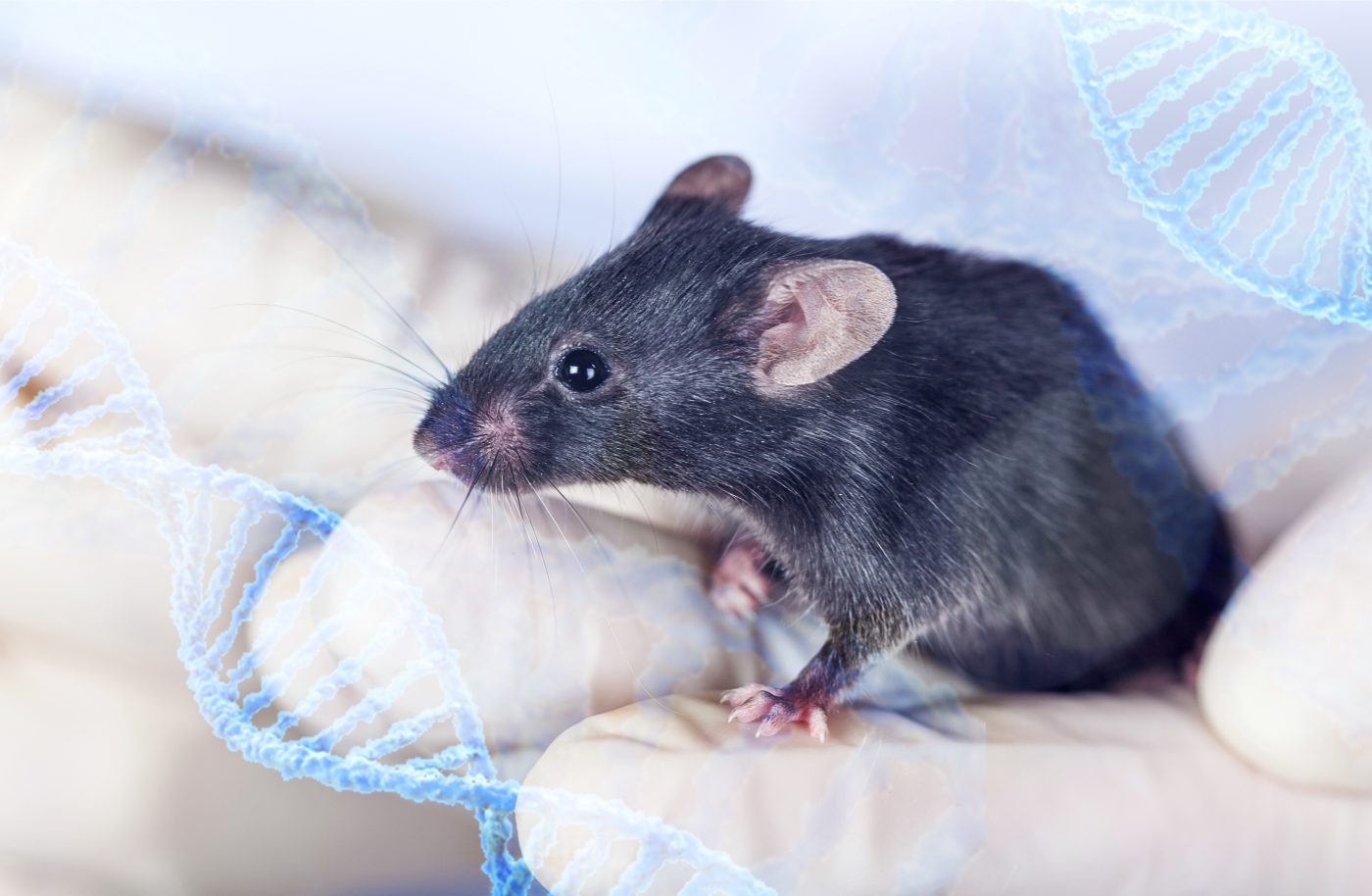Transplanting HSPCs Restored Mitochondria Function in FA Mice Model

Transplanting hematopoietic stem and progenitor cells (HSPCs) restored muscle strength and motility function in a mouse model of Friedreich’s ataxia, according to a report published in Science Translational Medicine.
Researchers at University of California San Diego School of Medicine showed that HSPCs could restore the activity of mitochondria in the brain, muscle tissues, and the heart of mice, stopping the progressive damage caused by the disease.
These findings were reported in the study “Transplantation of wild-type mouse hematopoietic stem and progenitor cells ameliorates deficits in a mouse model of Friedreich’s ataxia.”
Friedreich’s ataxia is a genetic neurodegenerative disease that progressively impairs motor function and promotes muscle weakness, also affecting the heart. This disease is triggered by genetic mutations on the DNA sequence that encodes the mitochondrial protein frataxin (FXN).
Led by Stephanie Cherqui, PhD, associate professor in the Department of Pediatrics at UCSD School of Medicine, a team of researchers tested the therapeutic potential of HSPCs in genetically engineered mice.
The animals were manipulated to have two copies of the defective FXN gene, which resulted in a neuro-muscular condition similar to human Friedreich’s ataxia.
HSPCs are immature cells that can secrete several beneficial signaling proteins, and ultimately can differentiate into several types of mature cells. They can be found in the bone marrow, and have been explored as potential way to replace or regenerate damaged cells.
The researchers injected HSPCs in the bloodstream of mice with Friedreich’s ataxia-like disease. As soon as the cells engrafted, they changed into a subtype of immune cells called macrophages. The HSPC-derived macrophages were found in the brain, spinal cord, muscle tissue, and the hearts of the mice, allowing the transference of normal FXN protein to the nerve and muscle cells that lacked the protein.
“Transplantation of wildtype mouse HSPCs essentially rescued FA [Friedreich’s ataxia]-impacted cells,” associate professor Stephanie Cherqui, PhD, said in a UCSD press release written by Scott LaFee. “Frataxin expression was restored. Mitochondrial function in the brains of the transgenic mice normalized, as did in the heart. There was also decreased skeletal muscle atrophy.”
The mice model used in the study does not fully represent the human disease, having a different progression profile than that seen in patients. However, the researchers belied that these findings suggest that HSPCs may hold therapeutic potential for the treatment of Friedreich’s ataxia.
Additional studies are warranted to further confirm these data, and to better understand the underlying mechanism of the therapeutic effect of HSPCs in the disease, researchers said.






